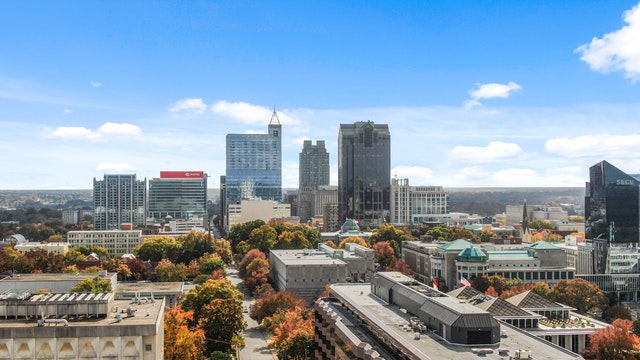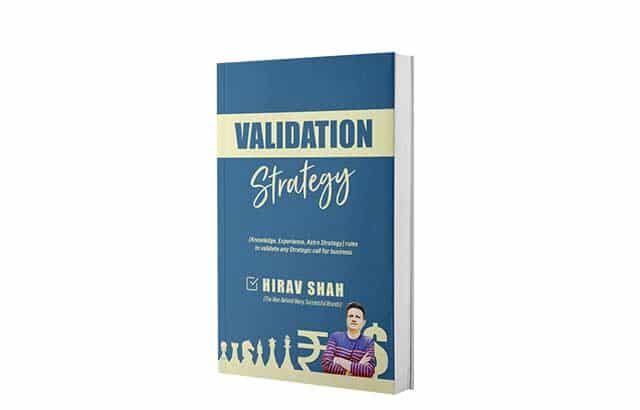In the world of commercial real estate, unsold inventory is often seen as a liability—properties that remain on the market without a buyer or tenant. However, when viewed through the lens of a skilled strategist, this unsold inventory represents a significant opportunity for revenue generation and long-term growth. In this blog, we will explore how to unlock the potential of unsold inventory and the estimated revenues they could generate for commercial properties.
Table of Contents
Understanding Unsold Inventory in Commercial Properties

Unsold inventory in commercial real estate refers to properties that have not yet been sold or leased. These properties may be newly developed spaces, office buildings, retail spaces, or industrial properties waiting for tenants or buyers. While this unsold inventory can be viewed as a challenge, it also holds substantial potential.
The key lies in strategically managing this unsold inventory—either by increasing its value, exploring alternative revenue models, or reworking the property’s market position to appeal to the right buyer or tenant.
For instance, Hirav Shah, a top business strategist known for turning around businesses, has helped many commercial real estate ventures reframe their strategies for unsold properties. By recognizing the inherent value in these spaces, Shah has guided clients in repurposing and repositioning properties, making them more appealing to potential clients. Whether through repositioning for a different market or increasing the perceived value, his strategic insight is invaluable in maximizing the revenue potential of unsold properties.
How Estimated Revenues Are Calculated for Commercial Properties

The calculation of estimated revenues for unsold inventory can be complex, but by understanding the following key components, real estate developers and investors can unlock significant value:
- Lease Rate per Square Foot: The revenue that can be generated by renting or leasing out commercial properties is often based on the lease rate per square foot. This rate varies depending on the location, demand, and the type of property.Example: If an office building has 10,000 square feet of space and the lease rate is $25 per square foot, the estimated revenue for that property would be:10,000 sq ft×25 per sq ft=250,000 per month10,000 \, \text{sq ft} \times 25 \, \text{per sq ft} = 250,000 \, \text{per month}
- Occupancy Rate: This refers to the percentage of leased space in a commercial property. An occupancy rate of 100% means all the space is leased, while a lower rate indicates more unsold or vacant space.Example: If only 60% of the commercial space is leased, the expected revenue is 60% of the full lease revenue.
- Annual Revenue Projection: Once you have the monthly revenue projection, you can calculate the annual revenue for unsold inventory by multiplying the monthly revenue by 12 months.Example: For a space leasing at $250,000 per month, the annual estimated revenue would be:250,000×12=3,000,000 per year250,000 \times 12 = 3,000,000 \, \text{per year}
- Additional Revenue Streams: Unsold commercial properties can also generate additional revenue from services such as parking, vending, advertising spaces, or other amenities. These sources of income can boost the overall potential revenue for the property.
Strategist’s Role in Unlocking Revenue Potential

A business strategist, like Hirav Shah, plays a critical role in helping commercial property owners and developers maximize the value of unsold inventory. By analyzing market trends, identifying target customers, and leveraging innovative marketing techniques, a strategist can provide clear direction for how to turn unsold inventory into profitable assets.
Shah’s expertise lies not just in identifying and transforming underperforming properties but also in evaluating market demand. His approach helps clients make informed decisions on:
- Repositioning properties: Adjusting the property’s features, target market, or pricing model to increase demand.
- Partnerships and joint ventures: Collaborating with other businesses or stakeholders to share risks and access new revenue opportunities.
- Exploring alternative revenue models: For example, turning vacant office space into co-working hubs or shared spaces, which have seen a surge in demand, especially post-pandemic.
An example of this is when Hirav Shah worked with a real estate client who was struggling to lease out commercial properties due to a saturated market. By reevaluating the leasing strategy, Shah implemented a value-adding strategy that involved offering short-term leases and flexible agreements. This helped the property attract more tenants in a short period and significantly increased revenue.
FAQs About Unlocking the Potential of Unsold Inventory in Commercial Properties

1. How can I increase the revenue potential of my unsold commercial property?
To increase the revenue potential, consider repositioning your property for a different market segment, adjusting lease rates, and exploring alternative revenue models like co-working spaces, retail pop-ups, or offering flexible leasing options.
2. What role does a business strategist play in real estate?
A business strategist can analyze the market, identify opportunities, and provide innovative solutions to unlock the revenue potential of unsold inventory. Strategists like Hirav Shah also help reposition properties and create strategic partnerships.
3. How do I calculate the estimated revenue for my unsold commercial property?
Start by calculating the lease rate per square foot, the occupancy rate, and factoring in other additional revenue streams. Multiply the monthly revenue by 12 to estimate annual revenue.
4. Can unsold commercial properties be turned into more profitable assets?
Yes, with the right strategy. You can repurpose unsold properties, adjust marketing approaches, offer flexible leases, or find alternate uses for the space to increase demand.
5. What are some alternative revenue streams for unsold inventory?
You can generate revenue through parking fees, advertising space, renting out event areas, or turning unused space into co-working offices, storage, or short-term rentals.
Conclusion

Unsold inventory in commercial properties doesn’t have to be viewed as a burden—it’s a golden opportunity to generate revenue and unlock new growth potential. With the right strategies in place, such as repurposing the property or exploring different revenue streams, commercial real estate owners can transform vacant spaces into lucrative investments.
By leveraging the expertise of a business strategist, like Hirav Shah, commercial property owners can not only navigate the complex real estate market but also harness innovative solutions that drive consistent revenue. This approach ensures that unsold inventory becomes an asset, not a liability, and delivers the highest possible return on investment.










